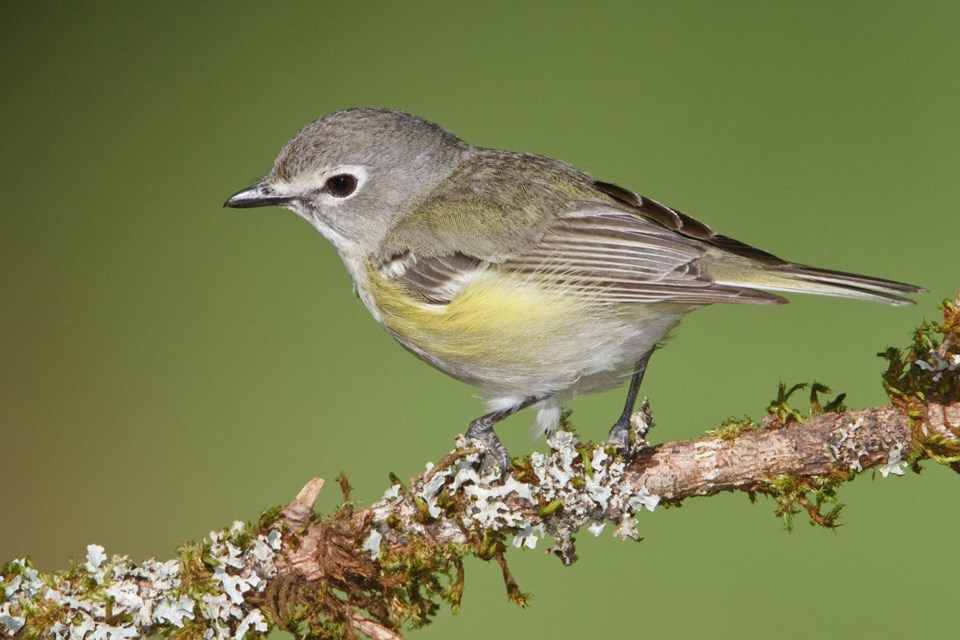It is the dog days of August and bird activity on land is suddenly muted after the recent frenetic period of migration, courtship, establishing a breeding territory, nest-building and raising a family. Bird song of any description is hard to find as most species are essentially silent now that singing serves no useful purpose.
An exception to this is the vireo family of which we have four species on the Sunshine Coast. Vireos are notoriously enthusiastic singers that generally ignore the rule book that indicates they should stop singing after the breeding season. I was out in the woods the other day and at one point I could hear three species of birds singing, all vireos: Cassin’s, Hutton’s and warbling. The fourth species, red-eyed, is also still singing.
While things are quiet on land, change is under way on the water and along shorelines. August is the main month for the shorebird migration: those species that inhabit the narrow intertidal zone between high and low tides.
About 20 species of birds are included in this group with many of these utilizing the mudflat areas of Porpoise Bay and the Wilson Creek estuary. Species involved include plovers, yellowlegs, sandpipers and dowitchers.
Other species use the intertidal zone of rocky shorelines, and here the first black turnstones and surfbirds have returned to offshore islets. In these locations, birders are also always on the lookout for the very scarce wandering tattler.
In June and July the ubiquitous gulls are largely absent from the Sunshine Coast as they disperse to various areas to breed, often as far away as the Prairies. During August they begin filtering back to the Coast, some to winter here but others moving on to areas further south. Right now there are many California gulls in our area, a few ring-billed and Bonaparte’s gulls are on the mudflats at Porpoise Bay, and the scarce Heermann’s gull has been seen at Mission Point.
Most of the Sunshine Coast’s wintering ducks leave us to breed on interior and northern lakes, but after mid-August the first ones begin to reappear on the mudflats at Porpoise Bay. The first species to reappear will be green-wing teal, pintail and wigeon. The Sechelt Marsh is also a good location to observe these species.
It may surprise a lot of people but most of our breeding swallows have already departed. This can only mean one thing: winter is coming! To report your sightings or questions, contact tony@whiskeyjacknaturetours.com or 604-885-5539. Good birding.



